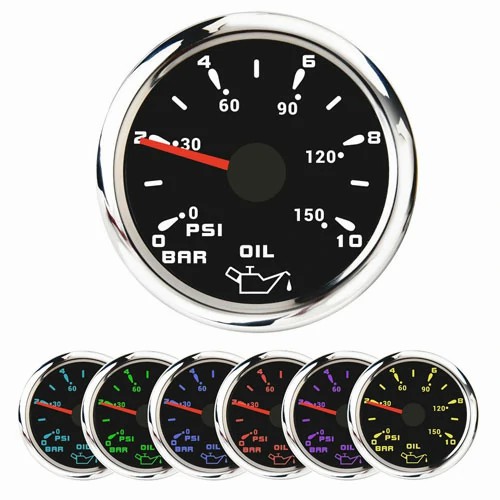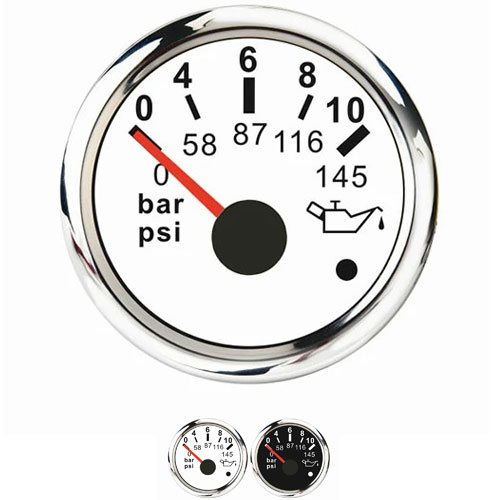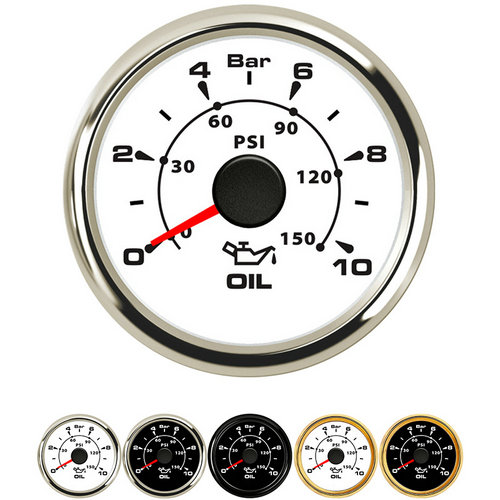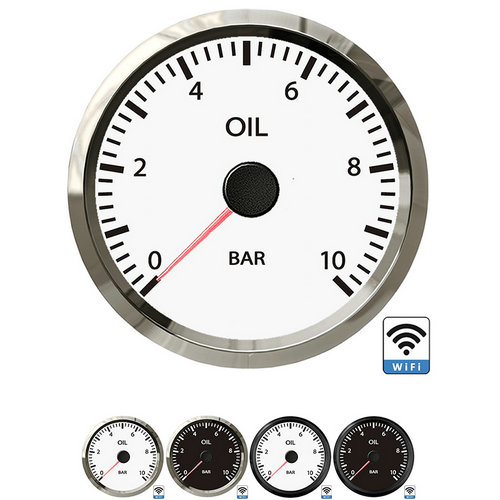oil pressure sensor resistance chart detection method
Oil pressure sensor resistance chart: When the solenoid valve is connected to the high voltage, the electromagnet of the solenoid valve pulls in to open the two position two-way divider and lubricate all parts of the machine tool. At low level, the electromagnet loses power The divider is closed. Solenoid valve: there is a closed cavity in the solenoid valve, and there are through holes at different positions. Each hole connects with different oil pipes. In the middle of the cavity is a piston, and two electromagnets are on both sides. The valve body will be attracted to which side when the magnet coil is energized. Different oil drain holes will be opened or closed by controlling the movement of the valve body. The oil inlet hole is normally open, and the hydraulic oil will enter into different oil drain pipes, and then push the piston of the oil cylinder through the oil pressure, The piston drives the piston rod, which drives the mechanical device. In this way, the mechanical movement is controlled by controlling the current of the electromagnet.
The oil pressure indicator is installed in the combination instrument, and the pressure switch is installed on the engine lubricating oil circuit. Inside the pressure switch, a diaphragm acts on the oil pressure, while the contact acts on the oil pressure. When the oil pressure is lower than the specified value, the diaphragm has no force to push the spring, the contact is closed, and the indicator light is on; When the oil pressure is higher than the specified value, the diaphragm pushes the spring upward, the contact is separated, and the indicator light goes out to inform the driver that the oil pressure has reached the specified value. Generally, the contact operating pressure is within the range of 30-50kPa.
Detection method of oil pressure sensor switch:
1. Unplug the harness plug of oil pressure sensor and remove the oil pressure sensor. Screw the hose connector of the oil pressure gauge into the screw hole for installing the oil pressure sensor and tighten the connector.
2. Place the oil pressure gauge at a place where it will not contact the rotating parts and high-temperature parts of the engine.
3. Start the engine and check whether there is oil leakage at the joint of oil pressure gauge. If there is oil leakage, turn off the engine and then retighten the joint.
4. Run the engine to make it reach the normal working temperature, check the readings of the oil pressure gauge at idle speed and 2000 r/min respectively, and then compare with the standard pressure. The oil pressure indicator does not illuminate when the ignition is switched on. The cause of the fault is that the harness of the oil pressure indicator is closed, or the filament is burnt out, or the fuse is burnt out. After the engine is started, the oil pressure reaches the specified value and the oil pressure indicator light is on. The cause of the problem is contact switch failure or harness grounding.
 English
English 






Get a Quote / Info